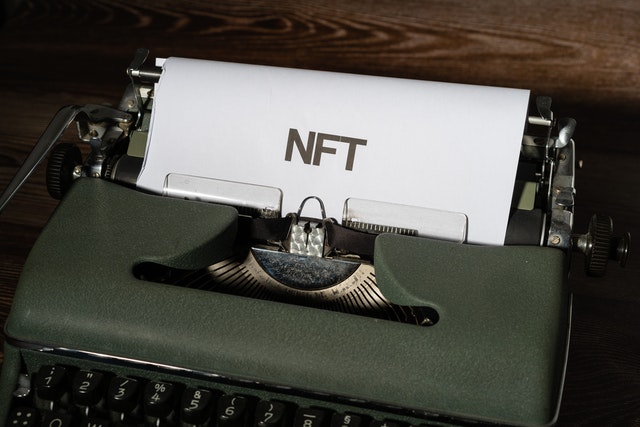Historically, art movements have been born out of distinct combinations of factors and influences. For instance, some art movements have emerged from a particular time and place, based on the unique interests of a group of artists.
Other movements emerged organically, from daring artists who chose to challenge the status quo regarding aesthetics and concepts. While some simply developed around a central figure, institution, or a thriving educational community.
One movement that is sparking keen interest in the public of late is the generative art movement. This interest has been powered by the explosion of NFT technology which promises to bring a new dimension to collectables like digital art, music, and videos.
So, what is all the generative art buzz about? What is the purpose of generative art? Is it justifiable? Could this art form spark a digital ‘gold rush’, or is it all speculative talk? Let’s uncover these questions, shall we?
What is generative art?
In loose technical jargon, generative art is any artform created via programmable systems, like natural language rules, algorithms, genetic sequences, or procedural interventions.
In more layman terms, terms generative art (sometimes called “computer art” or “programmable art”) is a unique art form that involves an algorithm programmatically capturing the essence of an artist’s individual and unique style via “generative” processes.
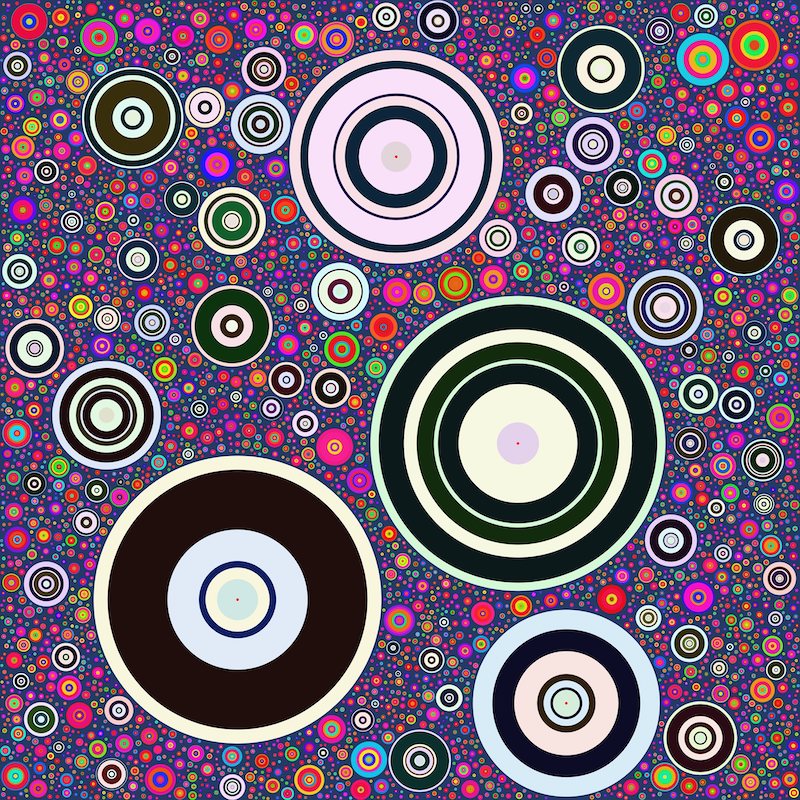
These “generative” processes can yield a range of aesthetic results, from rigidly ordered works to those that rely primarily on elements of chance and randomisation.
A brief history of generative art
Having derived inspiration from early century ideas like cubism, cybernetics and general systems theory, in the late 1950s, a few artists and designers started experimenting with mechanical devices and analogue computers. Their experiments set a precedent for the early digital pioneers who would follow in the 60s.
Ironically, these early digital pioneers weren’t even trained artists or designers but engineers and scientists who had access to powerful computing resources at University research labs. For example, Michael Doll, an engineer and professor at the University of Southern California, programmed the first digital computer solely for artistic purposes.
However, one of the main challenges faced by early generative artists using computers was the limitation of output devices. This was because the primary tool in operation at the time was a plotter. This was essentially a mechanical device that held a pen or brush with its movements controlled by a computer.
Fast forward to today, generative artwork is being facilitated by advances in computing devices and technology, like artificial intelligence and machine learning algorithms.
How is generative art created ?
Generative art is exclusively programmed using a computer that introduces ‘controlled randomness’ as part of the creation process. Fundamentally, the three fundamental principles that are applied in generative art are:
- Controlled Randomness: The art should be different each time you run a generation script/algorithm, so randomness is usually a big part of that.
- Algorithms: Implementing an algorithm visually often generates art that sticks to specific principles.
- Geometry: Most generative art incorporates different shapes in a sophisticated manner to achieve aesthetically appealing designs and effects.
Despite sounding contradictory, controlled randomness is a fair depiction of what generative art is about. Historically, artists have always pursued different ways of introducing randomness into their work to stimulate their creativity. So, the controlled randomness in the process of coding generative art is a bit similar to that in painting or sketching.
Generally, generative art can be a complex topic since it involves employing mathematics and coding while drawing inspiration from literature, music, architecture, visual arts, and poetry.
However, its nuanced nature dictates that generative artists both skillfully control the magnitude and the different locations of randomness into their work, to stimulate their creativity.
How algorithms and AI platforms work to create generative art?
Currently, NFT creators within the generative art community are employing custom algorithms and blockchain technology to create tailored generative art. In practice, artificial intelligence generative art platforms create on-demand digital content stored immutably on the Ethereum blockchain.
This means collectors can choose any style they like, pay for the work using crypto, and have a randomly generated art piece created by an algorithm. The resulting NFT can be a static image, 3D model, or even an interactive experience, exclusively owned by the collector in her crypto wallet.
This process can also incorporate inputs from the collector during minting like their wallet address, gas price, transaction ID, block number, and block timestamp.
Therefore, involving the collector in the creation process, with each art piece signifying a unique and irreplicable collaboration between art, the collector, and machine.
Art Blocks: A Present-Day Success Story of the Generative Art Movement
As we have established, generative art is a perfect blend of creativity and technology. As a digital medium, it enables a new surface area for digital artists to experiment with artistic expressions, and also engage collectors.
With the help of smart contracts, generative artists can even create images that even respond to variations in crypto-assets prices.
One notable success story of the generative art movement is Art Blocks, an Ethereum-based NFT project that generates custom digital artwork pieces on the blockchain via an algorithm.
The Art Blocks generative art collection consists of flat images and interactive 3D compositions—all united by one story: every final, unique image is generated by the Ethereum blockchain.
In practice, NFT artists create an algorithm/script, deploy it on Ethereum, then experiment with compositional elements to mimic the project’s unique style before locking the code.
Subsequently, during the minting process, the final image is produced from the script through a hash string or “seed” delivered by the token. Consequently, every resulting image is different and created on-spot, with consistent elements and repeating motifs merged into a cohesive project.
Despite not being a new project, its impact on the NFT market exponentially accelerated as it spawned $403 million worth of trading volume in just August 2021. To put this figure in context, a single Art Blocks NFT once sold for $3.3 million in ETH. This particular piece was one of 16 single pieces in the extensive collection that have already sold for an average of $1 million each.
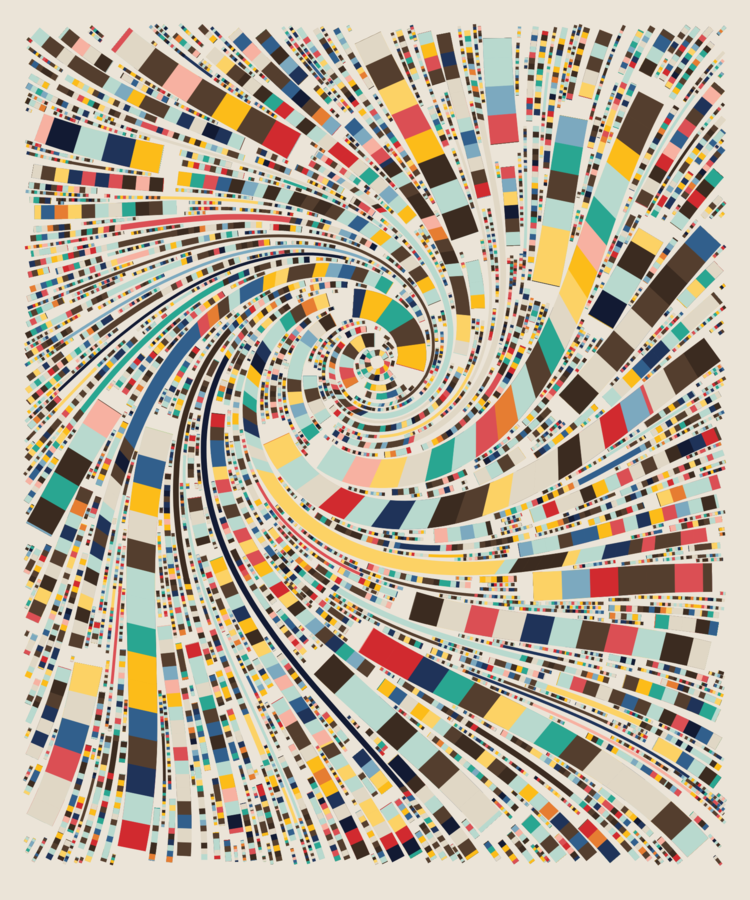
For instance, Tyler Hobbs’ Fidenza line is one of the stars of the Art Blocks collection, with the lowest-priced Fidenza art piece listed on secondary NFT market OpenSea for over $550,000 worth of ETH.
How will generative art change our perception of value?
In the traditional art market, works of dead artists typically fetch hefty premiums because the scarcity of their original pieces is ensured. For instance, Jean-Michel Basquiat famously died at the young age of 27. However, his approximately 600 paintings always command prices in the millions of dollars.
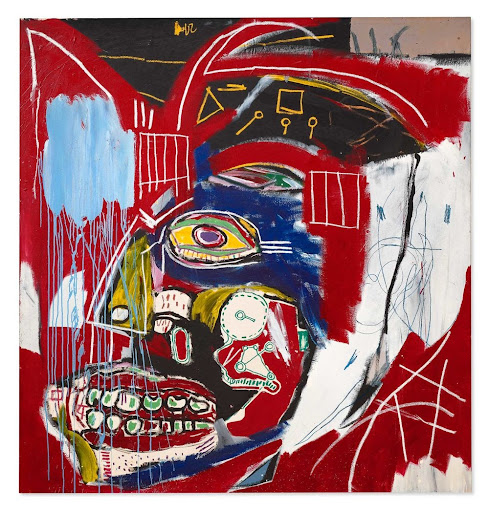
Similarly, because most generative art projects typically enforce a supply cap on the number of pieces that can be created. For example, approximately 10,000 unique NFTs per collection. This means that once the supply cap is reached and all of the principal issuances are claimed, collectors will be forced to turn to the secondary market to acquire the NFTs. And as a result, NFT art marketplace is bound to grow and these pieces will sell for many multiples above their principal issuance price.
Furthermore, the NFT generative art movement could also champion a greater appreciation of art and inclusion on a global scale. This is because the traditional art world has historically been a notoriously exclusive club for the ultra-wealthy to speculate on and flip for profit, or even to launder money and evade taxes.
Additionally, NFTs will enable everyone to access how much collectors pay for their artwork. Therefore, allowing the market to choose, instead of allowing art dealers to leave artists in the dark.
Why generative art could be invaluable in the future?
Authoritatively, we can speculate that most generative artworks will be cultural and historical artefacts in the coming decades.
To substantiate this bold prediction, let’s recap a bit of history. During the Ming dynasty, porcelain pieces were just made for everyday use. But because of their unique beauty, they became collectables that could stand the test of time. Currently, they also serve as memories etched into the timeline of civilization.
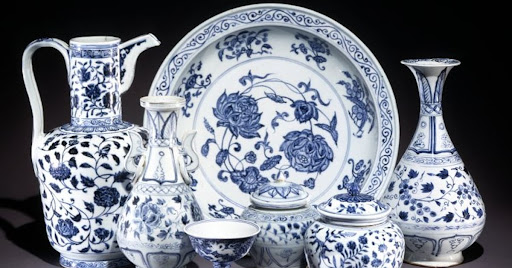
With the power of blockchain and NFT technology, generative artworks could take the same path as the Ming vases as historical monuments. They will tell future generations of the point in time when the blockchain became the new web that disrupted ecosystems, governments and businesses.
Ushering in a new world order that is permissionless, decentralised, immutable and more transparent, generative art will also tell the story to generations to come of how major corporations and governments’ authority over people reduced in a new paradigm.
As a result, ‘the Fidenzas’ of today could be the Picassos and Rembrandts of tomorrow–cultural and historical artifacts.
How to find a valuable generative art project to invest in?
Generative art is at the cusp of a breakout to make art history because of the blockchain and NFT technology. This means that to avoid being left out during this ‘gold rush’, it is imperative to invest in projects with great art, proper product and marketing roadmaps, and competent execution teams.
This is the time to create generational wealth, just like how early ‘domainers’ invested in beach-front dotcom domains in the beginning days of the internet. Generative art is a thing now, and it will be big!
However, despite the multiple generative art projects in the works, many projects simply create generic artwork and market them for the sake of making money. So, to avoid your investment going to waste, here are three key guiding areas to look out for:
- Authentic skilled artists who are creating passionate pieces that have inspirations and stories behind them.
- A supportive community behind the generative art form.
- Utility, for instance, commercial rights that enable you to display artworks both physically and online. Or the ability to resell art prints.
Final thoughts: The future of generative art
The valuing process of traditional physical art has been plagued by historical annual volatility of about 25.8%. This points to an inherent challenge in objectively determining value. To further worsen issues, of the approximately $200 billion spent annually on physical art, $6 billion is estimated to be fake, fraudulent or tainted by illicit activity.
However, despite being an emerging art form that could challenge the absurdity of the traditional art world, the value of generative art relies upon an interplay between varying degrees of programmatic rarity and quantifiable metrics that assist in the valuation of NFTs.
Nonetheless, generative art pieces still carry an element of subjectivity driving demand. Collectors across the world are queuing in to purchase generative art.
However, one thing is for sure, this artistic digitally native medium will fundamentally challenge our understanding of what generally gives art its value and how society expresses communal values through art. Furthermore, NFT adoption within gamification and metaverse applications will probably increase the utility of generative works in many ways yet to be realised. So, why not join the movement early!
Also, read:

